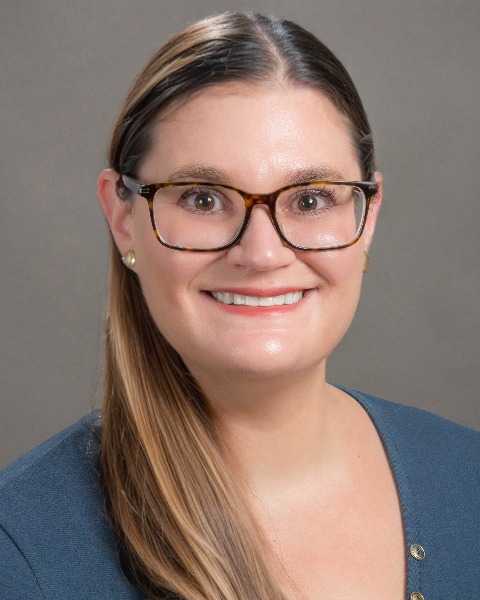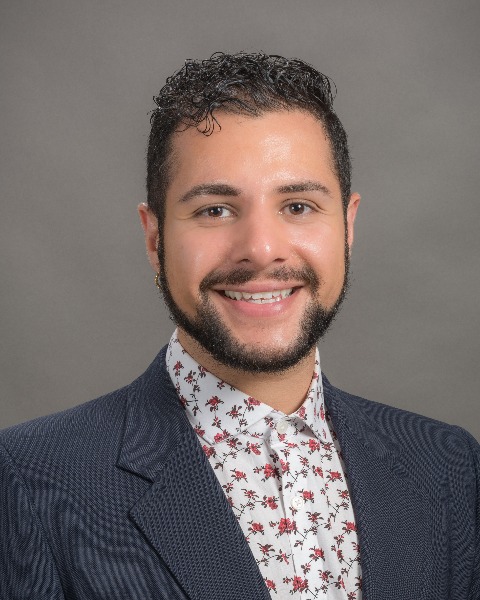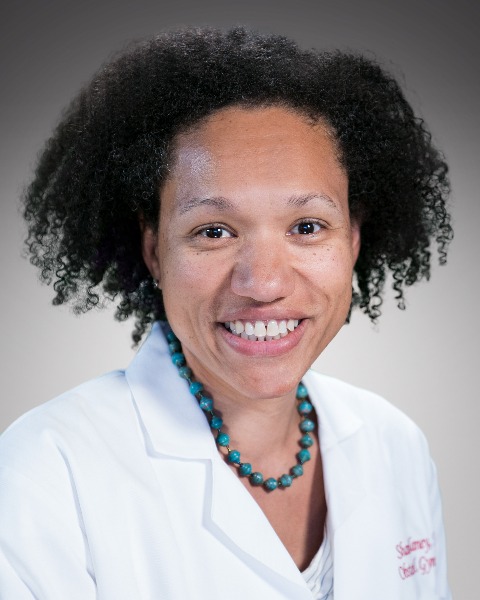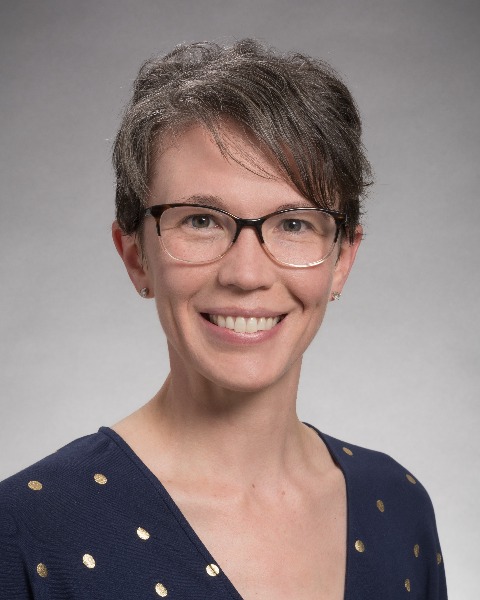Health Equity/Community Health
Poster Session 3
(795) High school diploma rate is associated with neonatal glucose Instability and macrosomia among non-diabetic patients

Leah M. Savitsky, MD (she/her/hers)
Maternal Fetal Medicine Fellow
University of Washington
Seattle, WA, United States- RB
Rachel Budker, MD
Resident physician
University of Washington
Seattle, WA, United States 
Allen Ghareeb, MD
Fellow
University of Washington
Seattle, WA, United States
Anjali N. Mitra, MD
University of Washington
Seattle, WA, United States- MP
Mindy Pike, PhD
University of Washington
Seattle, WA, United States 
Shani Delaney, MD (she/her/hers)
Associate Professor
University of Washington
Seattle, WA, United States
Catherine M. Albright, MD, MSCR (she/her/hers)
Associate Professor, Maternal-Fetal Medicine
University of Washington
Seattle, WA, United States
Primary & Presenting Author(s)
Coauthor(s)
Study Design: We conducted an IRB-approved retrospective cohort study using the Obstetrical Care Outcomes Assessment Program (OBCOAP) at the University of Washington Medical Center. We included the first pregnancy in the data set for each non-diabetic patient with complete data on neonatal glucose instability, birthweight, and patient home zip code. We evaluated the association between the percent of people in the patient’s home zip code with a HS diploma and a composite variable of neonates with glucose instability and/or macrosomia. Multiple logistic regression was used to adjust for maternal age and body mass index.
Results:
There were 8026 patients in the cohort, of which 660 (18.5%) had a neonate with either glucose instability or macrosomia. Compared to patients living in zip codes where >95% of people have a HS diploma, patients living in zip codes with lower educational rates have an increased risk of neonatal glucose instability or macrosomia (adjusted OR [aOR] 1.69, 95% CI 1.35-2.13 for 85-95% HS diploma rate and aOR 1.84, 95% CI 1.38-2.46 for < 85% HS diploma rate.) (Table 1). When evaluated individually, the association appears to be driven by glucose instability, with aOR 1.68 (95% CI 1.33-2.14) and 1.87 (95% CI 1.38-2.52) for zip codes with 85-95% and < 85% HS diploma rates, respectively.
Conclusion:
Among non-diabetic patients, living in a zip code with lower rates of obtaining a HS diploma is associated with an increased risk of having neonatal glucose instability and/or macrosomia. HS education is an indicator of socioeconomic status, nutritional education, and availability of healthy foods as well as literacy rates, all of which likely contribute to this finding. This finding gives insight into additional avenues to direct efforts to prevent adverse neonatal outcomes.

